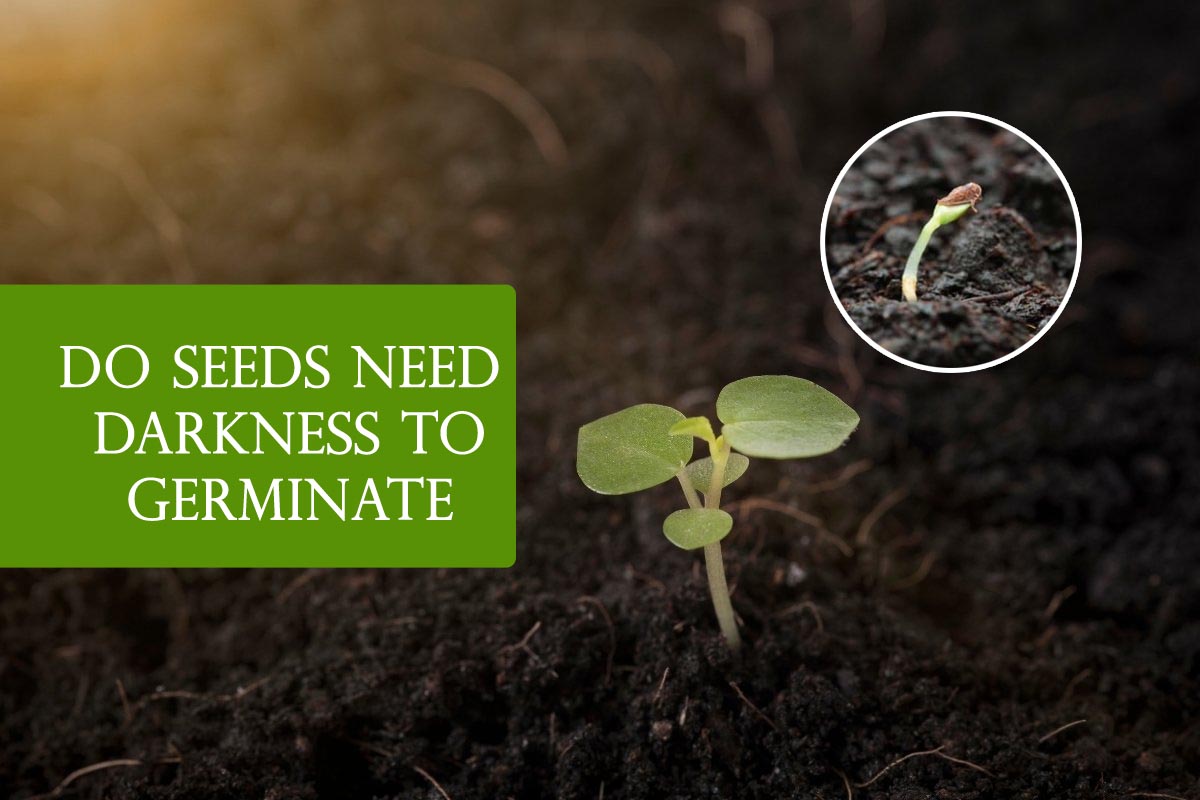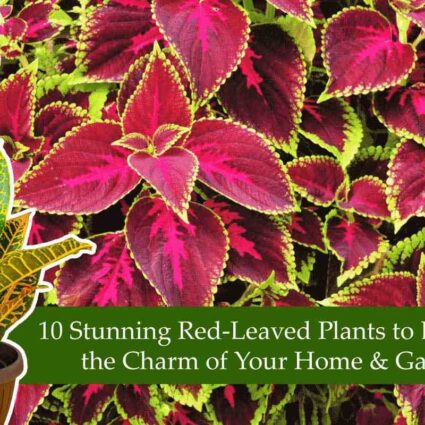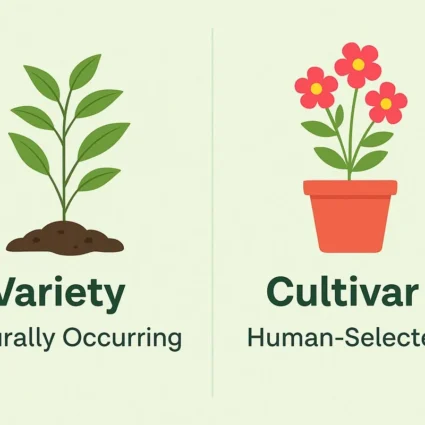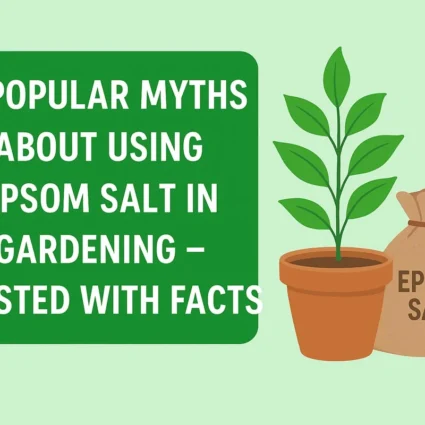
Do Seeds Need Darkness to Germinate
Most seeds prefer darkness to thrive well; a selection of flora prefers the presence of solid light to help in germination. For Example Begonia, Petunia, Coleus are inhibited by light when germinating. It is safe to say that different flowering species need different light conditions to activate favorable seed germination. Some of the seeds are:
Also Read This :Seeds That Require Light to Germinate
Calendula
They grow best in vegetable gardens. They bloom well in cooler conditions of spring and fall with low humidity. To encourage their growth, cut them back and they will reward you with more flowers.
Also Read This :Vegetable Seeds That can be Directly Sown
Cosmos
Cosmos are short day plants that need 12 hours of darkness to produce flowers. Maintain a soil of 65 degree F. They need warm and moist soil to sprout. Keep the pots in a dark room until the seeds begin to emerge.
Also Read This :How to Grow Mogra Flower from Cuttings at Home
Zinnias
Zinnias need darkness to germinate so if growing them indoors uses a black plastic cover if possible. Seeds will germinate in 4-8 days at 70-75 degree F at night. After germination, grow them at 70-75 degree F during the day and 60-70degreeF during the night. They are low maintenance flowers that add color to your garden.
Also Read This :All you need to know about Vegetable Transplant
Nemesia
Nemesia are dainty cup- shaped bright colored flowers that occur in 4 inch clusters on top of delicate stem leaves. Cover the seeds lightly with soil, they need darkness to germinate and water tem well. Maintain a soil temperature of 55 and 65 degrees Fahrenheit.
Also Read This :Transplant Vs Direct Sowing
Primula Sinensis
Primroses is a perennial herb that is covered with multi-cellular hairs and produces showy flowers. Prefer cool summers and ensure to plant them in partial shade to avert the summer heat.
Also Read This :Unripened Bananas : Benefits of Eating Raw Bananas & How to Grow them Indoors
Boston Ferns
They are one of the oldest plants that need indirect sunlight and minimum temperatures of 60 degree F-75 degreeF. It is one of the easiest fern plants to grow indoors but the soil is moist enough and the humidity relatively high.
Also Read This :What Plants Can You Grow Organically in Your Own Backyard
Lucky Bamboo
Lucky Bamboo brings positivity wherever it is grown. It improves the flow of positive energy and brings prosperity to homes as well as offices. They need less light and are ideal for indoor spaces. They are available in all sizes. To grow it successfully use distilled or purified water.
Also Read This :How To Grow Giloy Plant From Seeds and Cuttings At Home
Chinese Evergreen
It is a low light indoor plant that is easy to grow for newbie. They prefer moist air and humidity levels of 60-70 degree F. They should be kept in bathrooms or kitchens where they receive humidity.
Also Read This :Know the best Uses of these Herbal and Medicinal Plants
Pothos
Pothos are low light indoor plants, need bright indirect sunlight to grow. They need moderate light of 12-14 hours to grow and bloom. They are versatile plants that can be grown under many conditions.
Also Read This :The Differences you didn’t know between BANANAS and PLANTAINS
Most seeds need darkness to thrive well and might be inhibited by the light of the sun. The seeds rely on their stored chemical energy within their cells to power their growth. Small seeds thrive better in light than in darkness whereas large seeds do not rely on light for germination.




